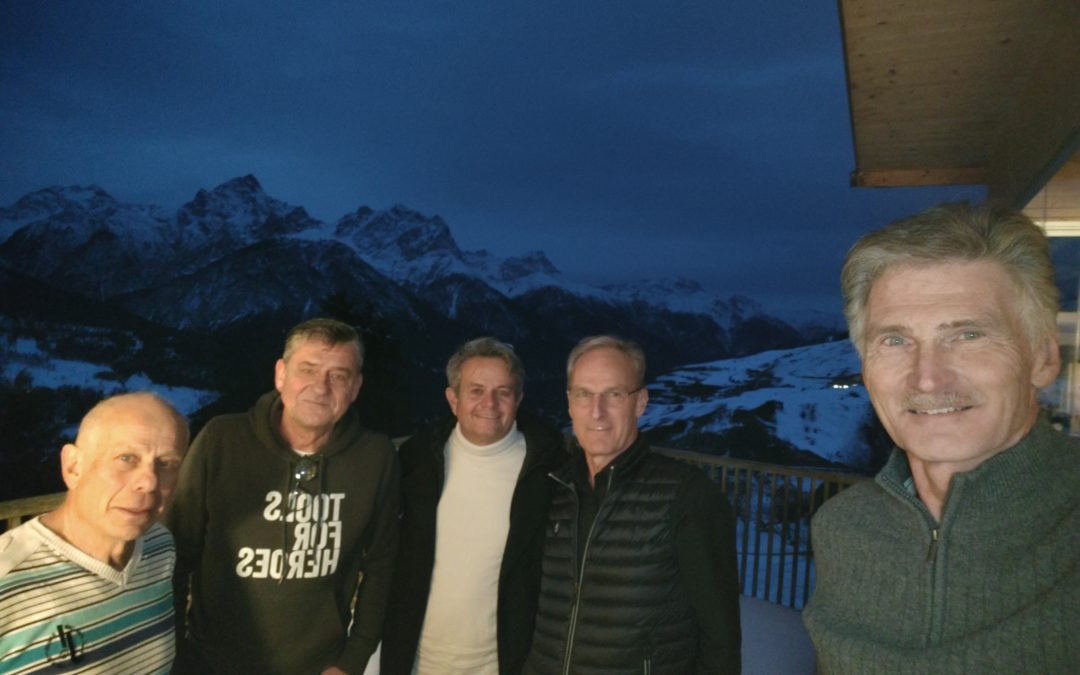
Last board meeting under the Brand Cover Project Foundation
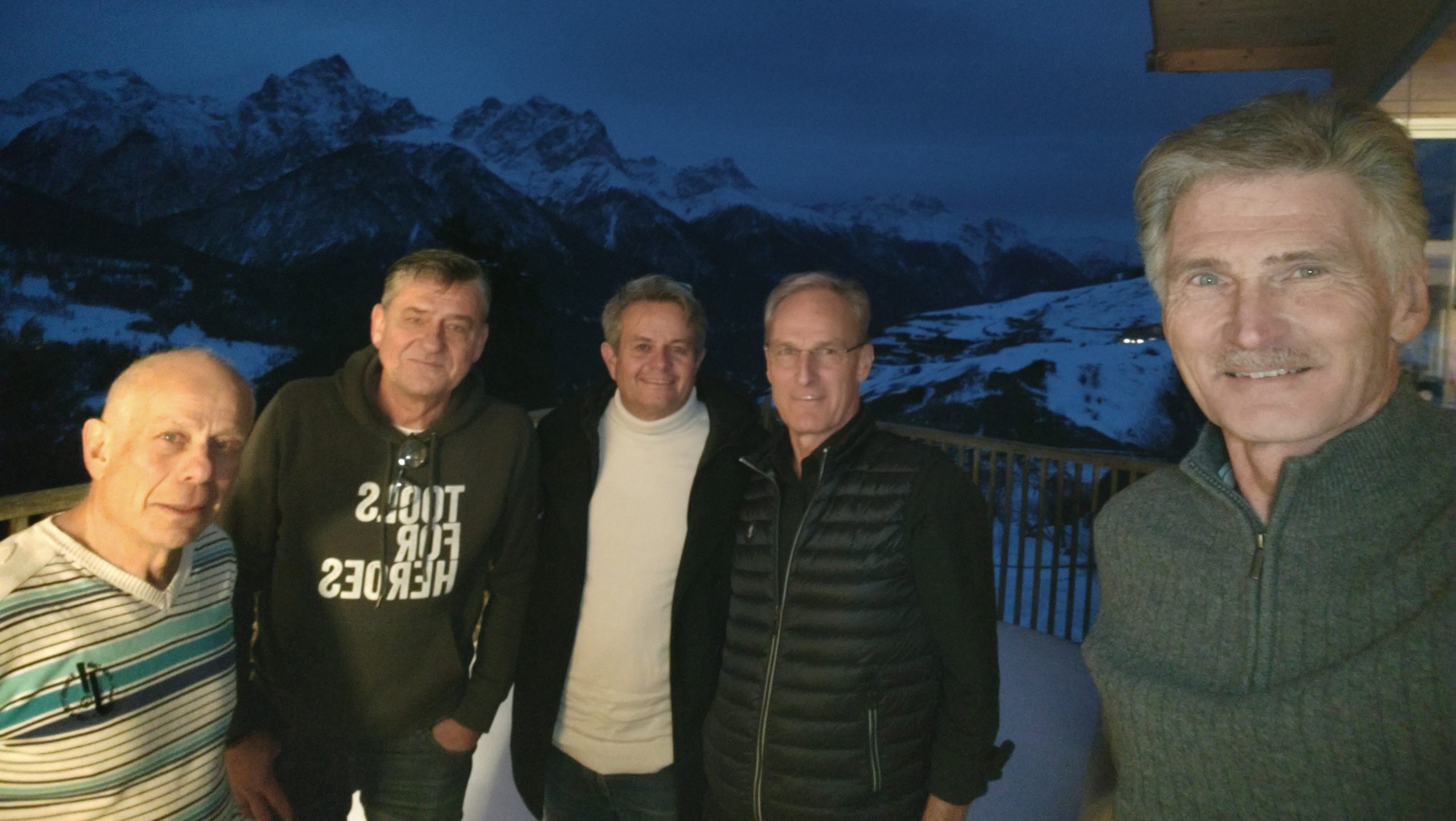
Last meeting of the Board of Trustees on December 4, 2025, under the Brand Cover Project Foundation
On December 4, the last meeting of the Foundation's Board of Trustees under its previous name, Cover Project Foundation, took place in Ftan. This event marked an important transition in the development of our organization.
The Cover Project Foundation, established on March 19, 2020, is realigning itself. In the future, we will combine our efforts under a common identity and operate as the GlaciersAlive Foundation in close cooperation with the GlaciersAlive association. We will thus become a single brand: glaciersalive.
The foundation's purpose remains clear and unchanged: our foundation promotes the protection of frozen freshwater reservoirs in order to support the sustainable security of water supplies at home and abroad.
The closing musical performance was provided by foundation board members Thomas Spiegelberg and Felix Keller, who played a tango on guitar and violin. With this ending, we look forward to our shared future with confidence and joy.
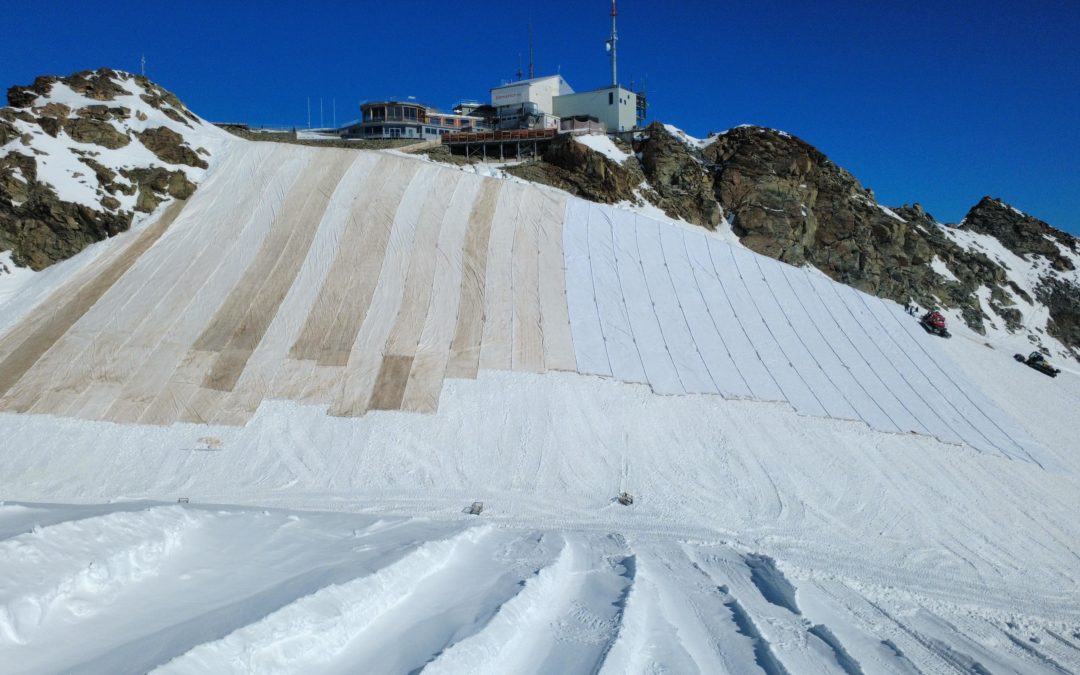
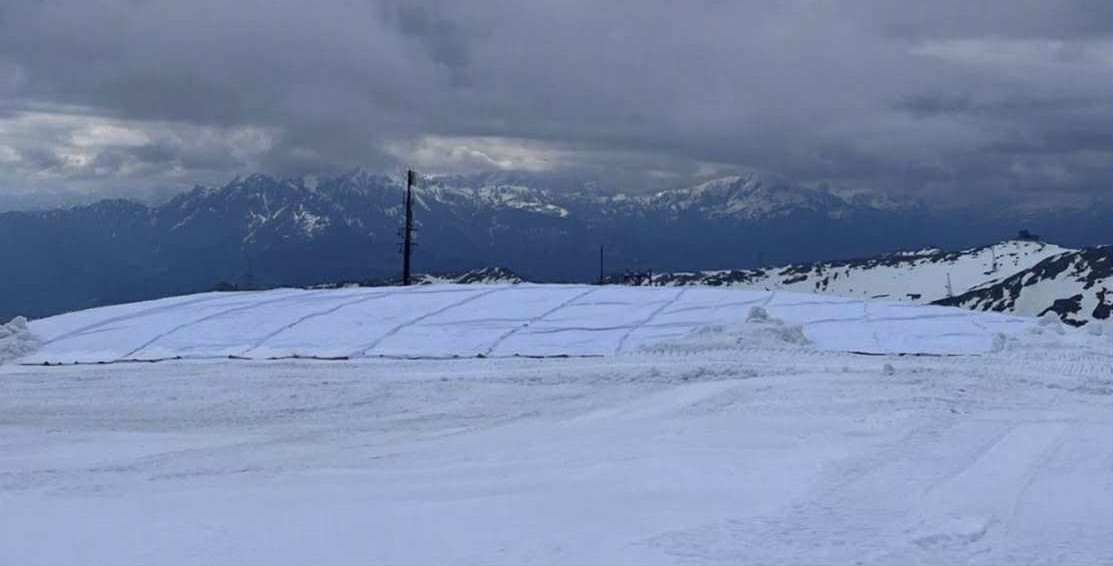



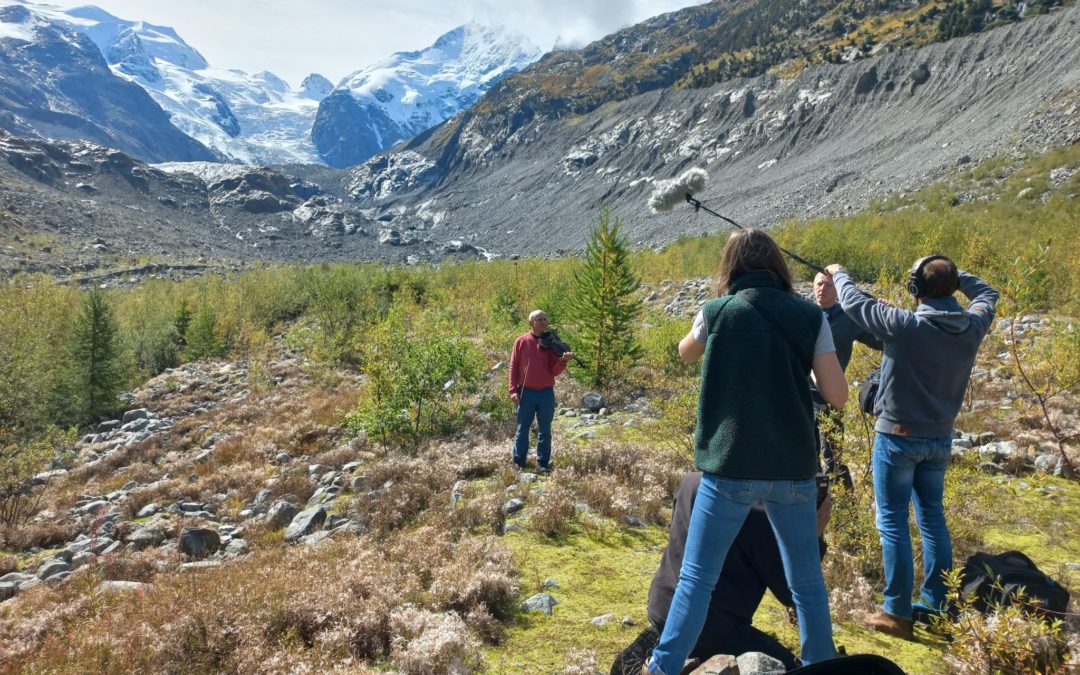

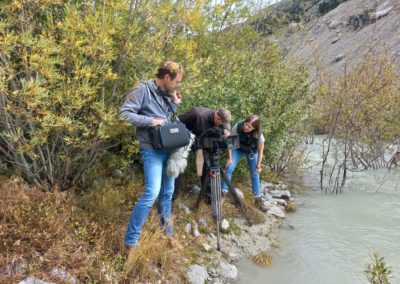
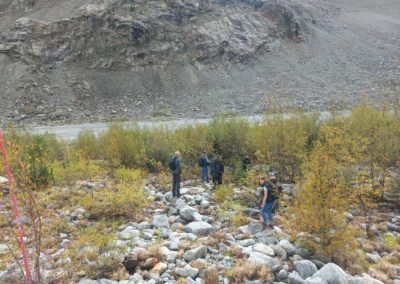
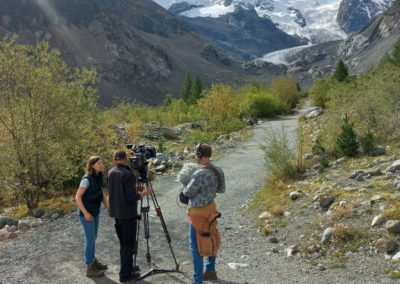
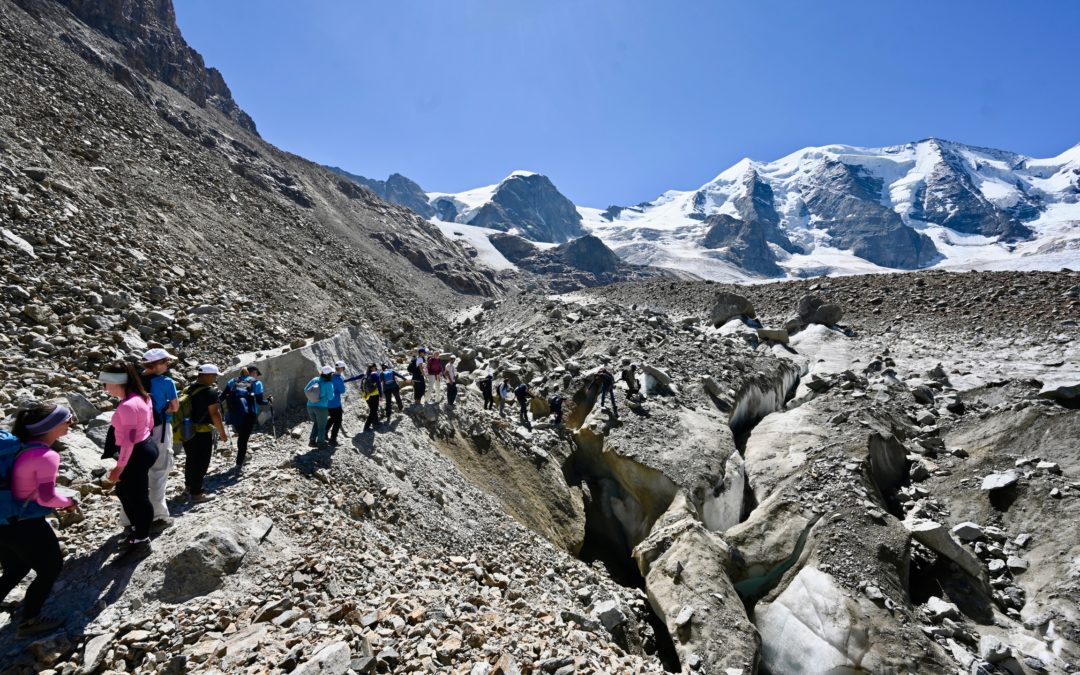



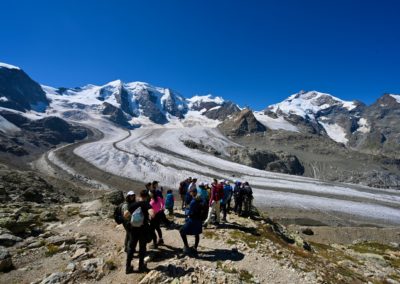
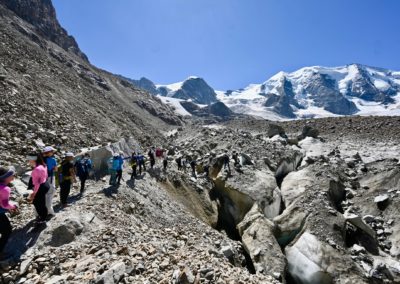
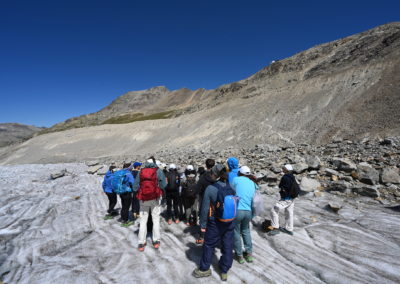
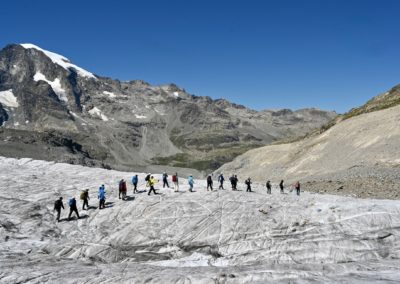
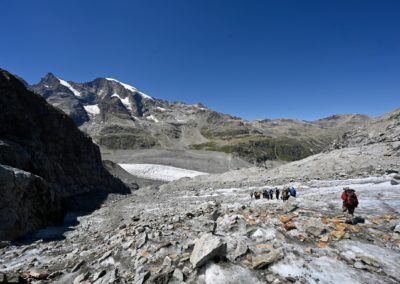
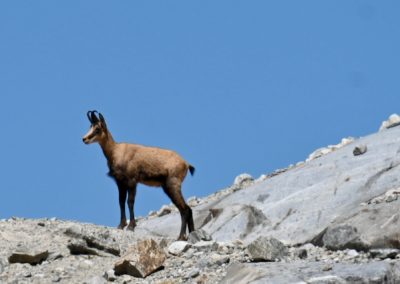
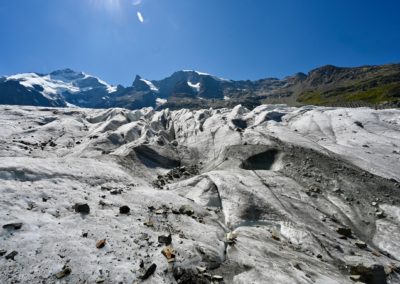
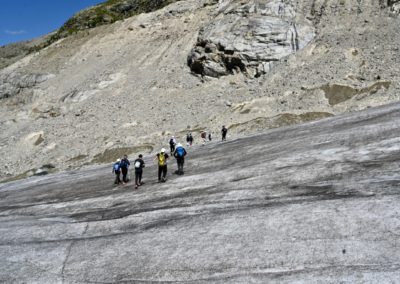
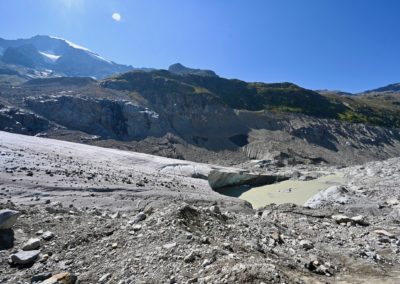
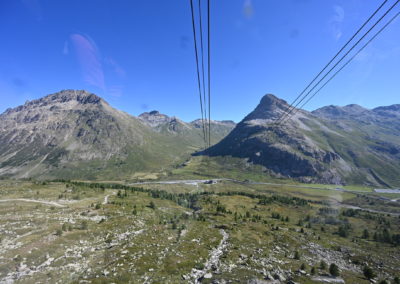


Recent Comments